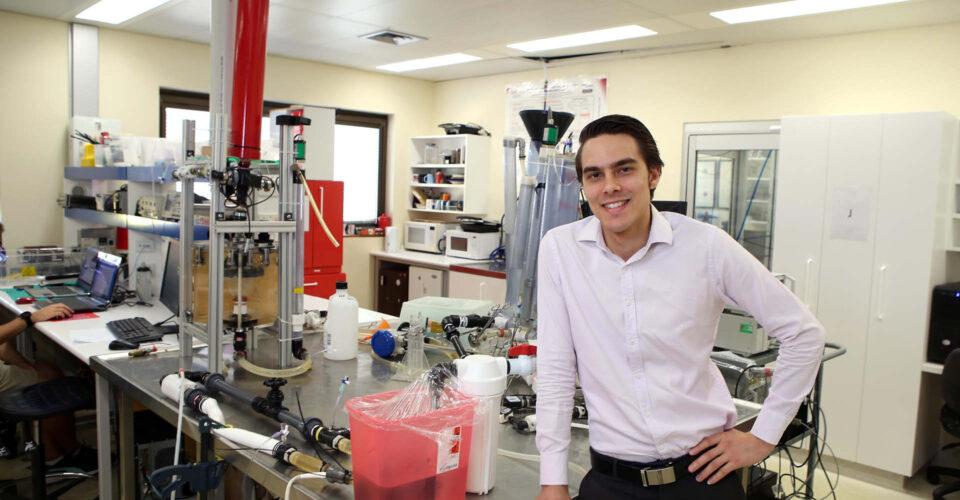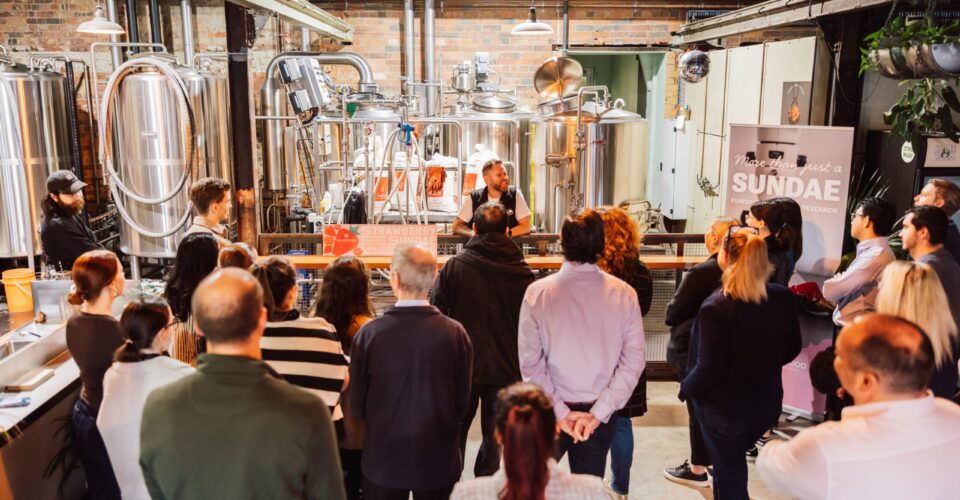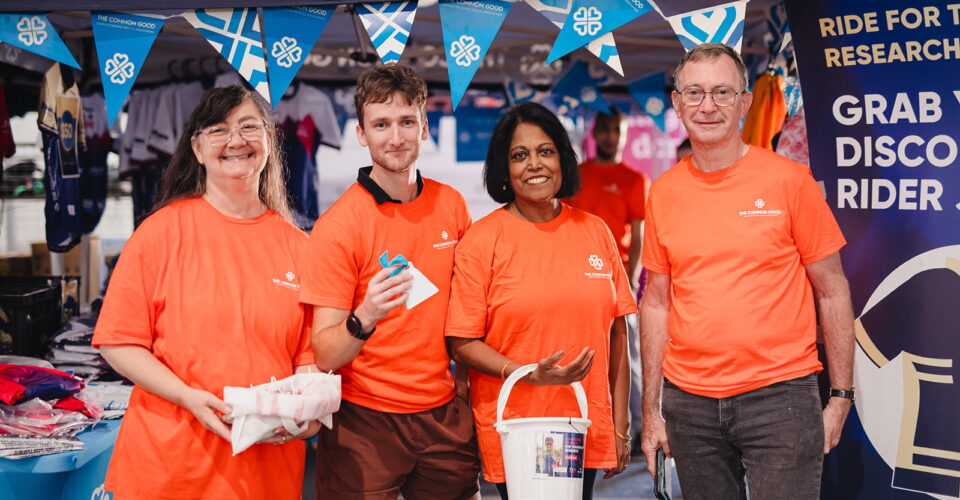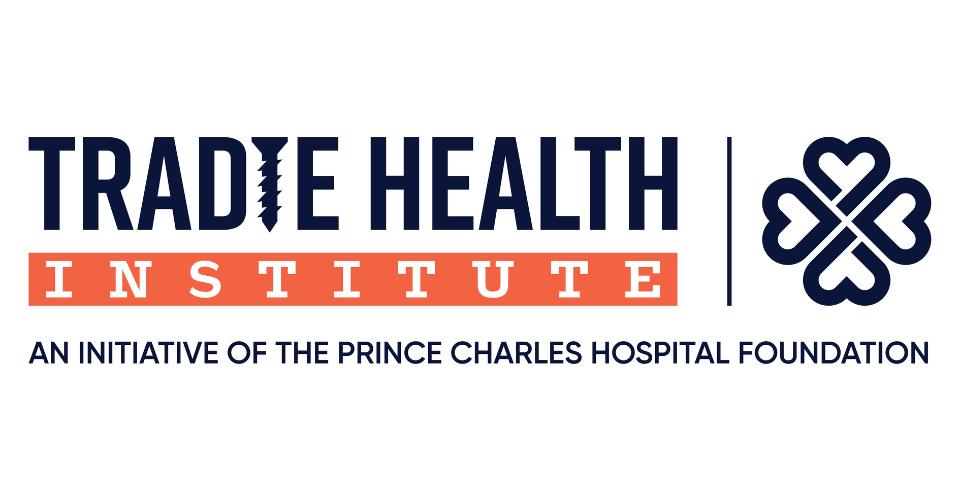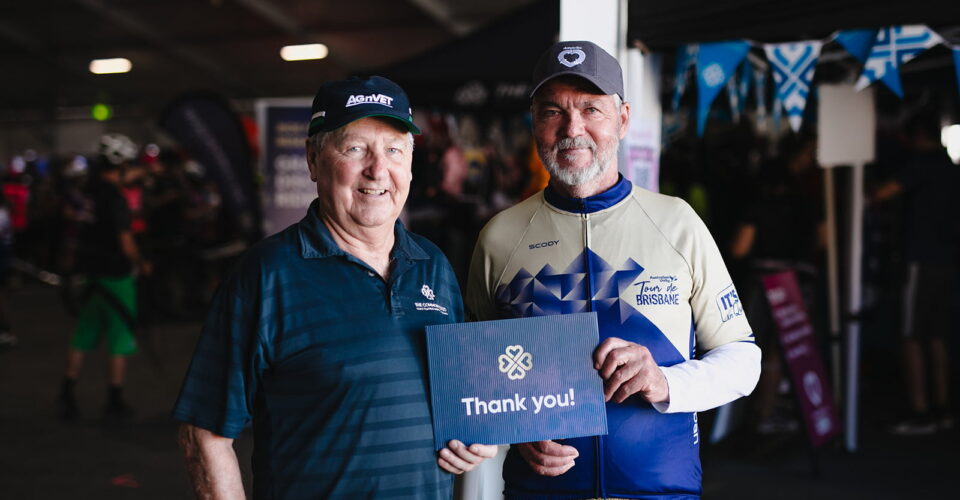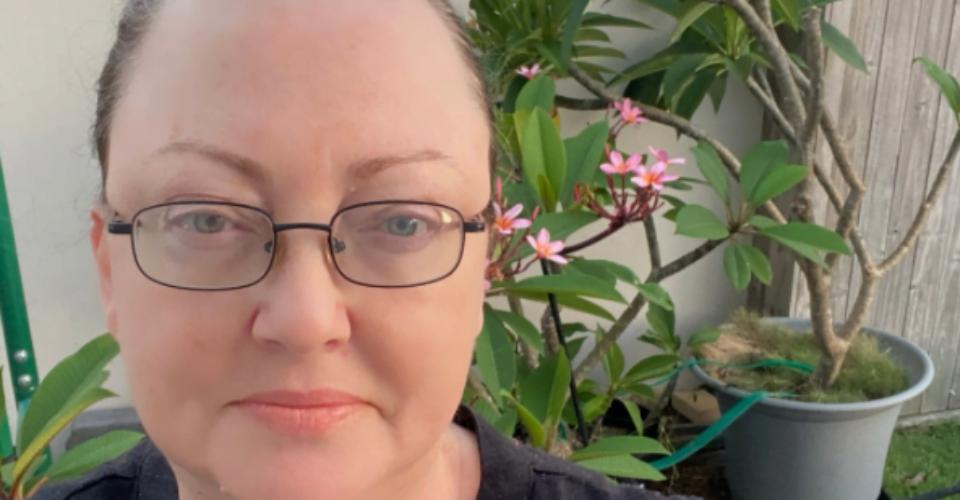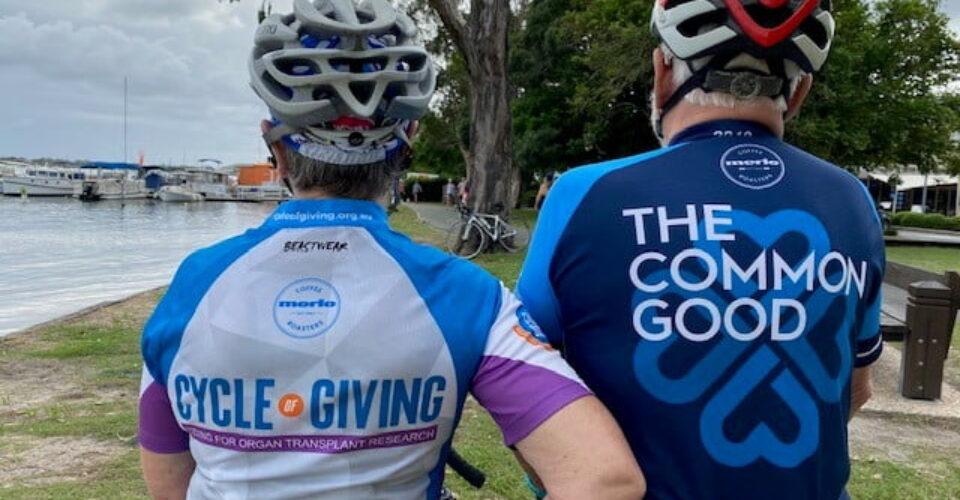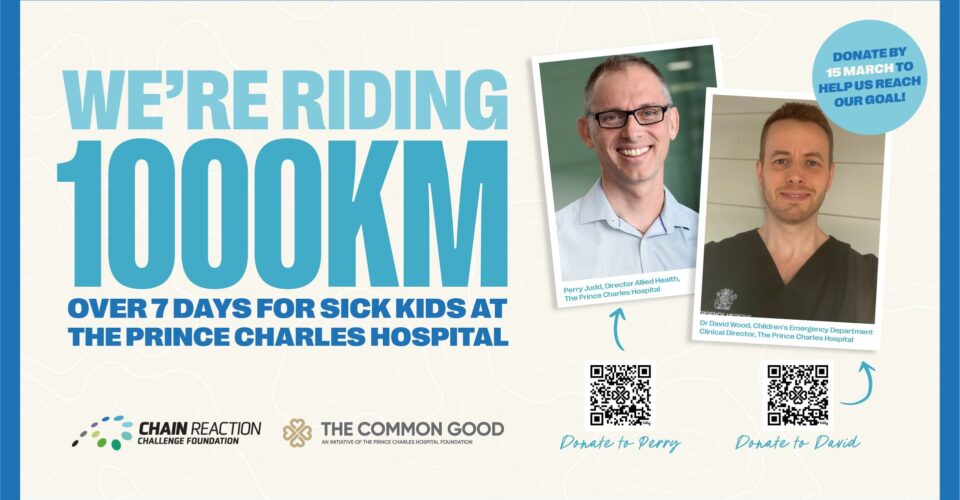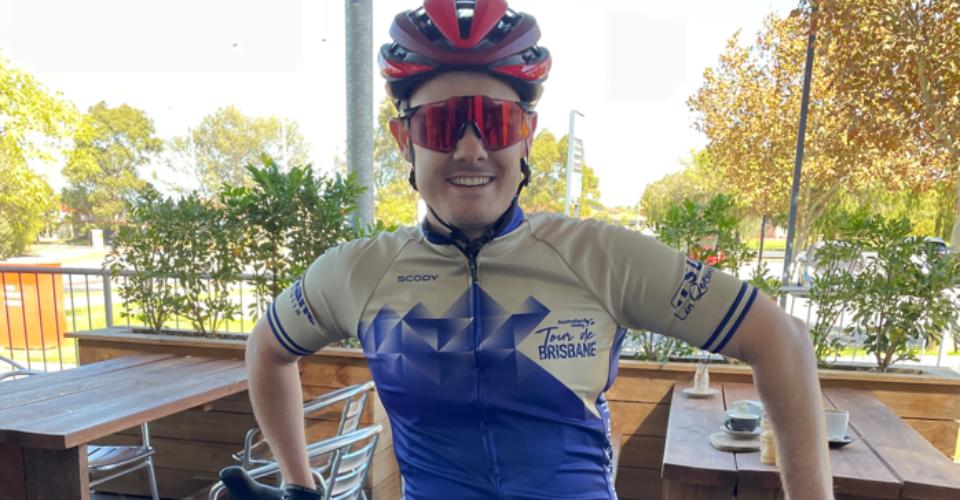Heart pumps provide a constant flow of blood and oxygen around the body to keep patients alive while waiting for a life-saving transplant.
One of the challenges of using current heart pumps lies in the continual flow of blood, meaning the pump cannot speed up or slow down as required when the body undertakes different tasks. Have you ever found yourself getting dizzy when you get to fast? Imagine this as a regular occurrence because your heart can’t keep up pace with what the body needs.
By using optic fibre technology, researcher Andrew is looking to create a sensor that will allow the heart pump to respond, by increasing or decreasing flow, as the body requires. This is a world first project using fibre optics and creating a responsive pump.
The world class work in developing a physiological controller – a controller that will adjust the VAD pump speed, mimicking the natural pulse variations of a hearts ventricle, has now been presented at several national and international conferences and submitted to renowned medical journals. The development of the sensor to work with this controller is nearing completion and data testing of the device is imminent.
The success of this project would help to increase the quality of life of patients who are waiting on a lifesaving transplant by making it easier for them to return to more of their usual day to day activities without the risk of dizziness, disorientation, fainting or falls.
Support The Common Good here
